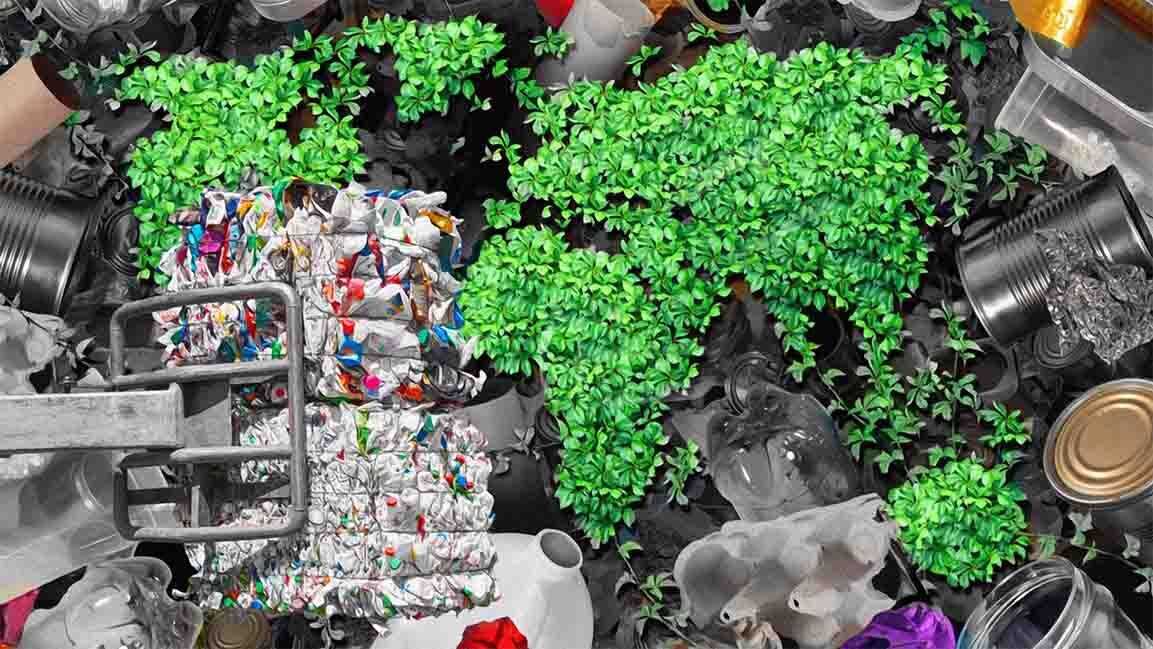- | 11:00 am
UAE to expand its waste-to-energy biomass capacity
New report by BMI states the WtE capacity of the MENA region will grow from 231 MW from last year to 659 MW by 2031.

Given that most cities are running out of landfill sites, waste management has become imperative for governments. Many countries in the Middle East, especially UAE, are using waste-to-energy (WtE) technologies as an effective supplement to reducing landfill requirements in urban environments while also generating renewable energy.
With the largest biomass capacity in the Middle East, the UAE is now planning to scale up its WtE sector.
The latest report by BMI states that six out of eight WtE in their key project data are in the UAE, reaching a capacity of 571 megawatts (MW). The WtE projects will support the UAE government’s plan to prevent 75% of the waste from piling up in landfills by converting it into energy.
The report cited the example of the Sharjah WtE plant that generated enough electricity to power 2000 houses in its first year of operation, successfully diverted 90% of the city’s waste, and reduced emissions from landfills.
“With the UAE hosting COP28 this year, the market is focusing efforts on reducing emissions, with waste-to-energy plants as a key component. We expect this adds upside risks to our UAE, and MENA, forecasts,” stated the report.
The research firm BMI has increased the forecast for biomass capacity in the Middle East and North Africa region from 231 MW to 659 MW by 2031. The capacity increase was due to the 400MW WtE projects in the UAE and a 30MW project in Egypt.
The report added that global biomass capacity will rise to about 31.4GW from 2022-end to 2032, with Asian markets expecting a 65% growth.
































